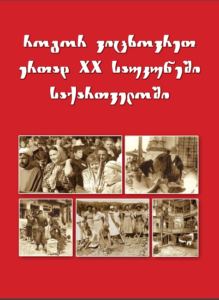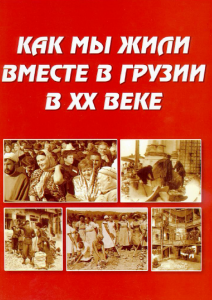How to teach history in a multicultural and multireligious environment?
As the Editorial Team introduces the materials:
This book seeks to tell you how we, with differing ethnic and religious backgrounds have lived together in the 20th century in our home country Georgia. This book will encourage you to think how important historical events from the previous century reflected in our shared lives. You may also probably ponder why people with different ethnic and religious identities considered themselves part of our society and what have made them feel marginalized? How did the ethnic and religious minorities manage to preserve their identities? What has encouraged or hindered this process? What was the input of the minorities in the Georgian history of the 20th century?
To comprehend these questions the book offers a variety of sources which are grouped around the four groups – Multiethnic Georgia, Family and Everyday Life, Migration, and Religion. Peaceful coexistence, understanding, mutual respect and insights into other cultures, traditions, and values are starting point of a country’s successful development. Every worksheet has a key and an overall question, as well as the wide range of sources and tasks. The key question helps to identify the main idea of the worksheet and the overall question initiates discussion and conclusions. The various sources often suggest multiple perspectives. The tasks will encourage you to take your own approach to the issues. Many people were involved in creating this book. The authors with different ethnic and religious backgrounds shared the same intention.
The English abstracts of all 29 modules show the variety and originality of the topics addressed, as acknowledged by Dr. Robert Maier, external expert from the Georg Eckert Institute invited by EuroClio to review the publication: “The authors work sensibly and to great effect with the principle of examples. They take a specific street, a certain village, a particular family, and use these examples to illustrate complex structures and contexts.”
Download the full publication
How to teach history in a multicultural and multireligious environment?
Introduction
| Introduction | KA | RU |
Section 1. Multi-ethnic Georgia
| 0. How to work on group worksheets of Section 1 | KA | RU |
| 1. The Tbilisi Courtyard | KA | RU |
| 2. Did we pass the tolerance exam? | KA | RU |
| 3. The Doukhobors | KA | RU |
| 4. The Caucasian Yard | KA | RU |
| 5. Tskhinvali 1990 | KA | RU |
| 6. The events of 9 March 1956 | KA | RU |
| 7. April 9, 1989 | KA | RU |
| 8. Tbilisi Melpomene | KA | RU |
| 9. The Garden of Eden in “Southern Siberia” | KA | RU |
Section 2. Family and everyday life
| 0. How to work on group worksheets of Section 2 | KA | RU |
| 10. Mixed marriages in Georgia | KA | RU |
| 11. One street in Marneuli | KA | RU |
| 12. The human anthill in Chakvi | KA | RU |
| 13. Udiytsy in the Georgian environment of the 20th century | KA | RU |
| 14. The Kists in Georgia in the 20th century | KA | RU |
| 15. History of the Spanish grandmother. | KA | RU |
| 16. Ethnic Conflicts and Children | KA | RU |
Section 3. Migration
| 0. How to work on group worksheets of Section 3 | KA | RU |
| 17. Share a piece of bread | KA | RU |
| 18. In the eternal search for the homeland | KA | RU |
| 19. Rustavi | KA | RU |
| 20. Rolling stone | KA | RU |
| 21. Two sides of the medal | KA | RU |
| 22. Diaries of three women | KA | RU |
| 23. Will we find another Georgia? | KA | RU |
Section 4. Religion
| 0. How to work on group worksheets of Section 4 | KA | RU |
| 24. Law and Reality | KA | RU |
| 25. “Godless state” | KA | RU |
| 26. The Secret Prayer | KA | RU |
| 27. Cooperation or intolerance?! | KA | RU |
| 28. Georgia for the Orthodox | KA | RU |
| 29. Catholics in Kutaisi | KA | RU |
Funded by
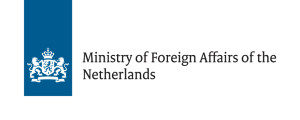
MATRA Programme
Members involved

Georgian Association of History Educators
External Review by

Download the External Review
Contributors
Editor-in-Chief:
Rumyana Kusheva
Editors:
Elisabed Chubinishvili, Nina Zulumiani, Manana Shekiladze, Evelina Mamedova.
Authors:
Nino Chikovani Marlen Shengelia, Zurab Laoshvili, Seda Melkumiani, Nona Chigladze, Elene Bodaveli, Nana Sologashvili, Ketevan Kvlividze, Shorena Khetsurian, Naira Mamukelashvili, Nugzar Molashvili, Nargiz Nabieva, Elura Alieva, Madona Mikeladze, Nana Agasashvili, Lamara Margoshvili, Maka Kirvalidze, Tsira Chikvaidze, Ia Khubashvili, Lela Kakashvili, Otar Janelidze, Amiran Jamagidze, Beso Lortkipanidze, Natia Pirtskhalava, Ketevan Sturua, Natia Namicheishvili, Nugzar Bardavelidze.

The European Experience: A Multi-Perspective History of Modern Europe, 1500-2000
The European Experience: A Multi-Perspective History of Modern Europe, […]
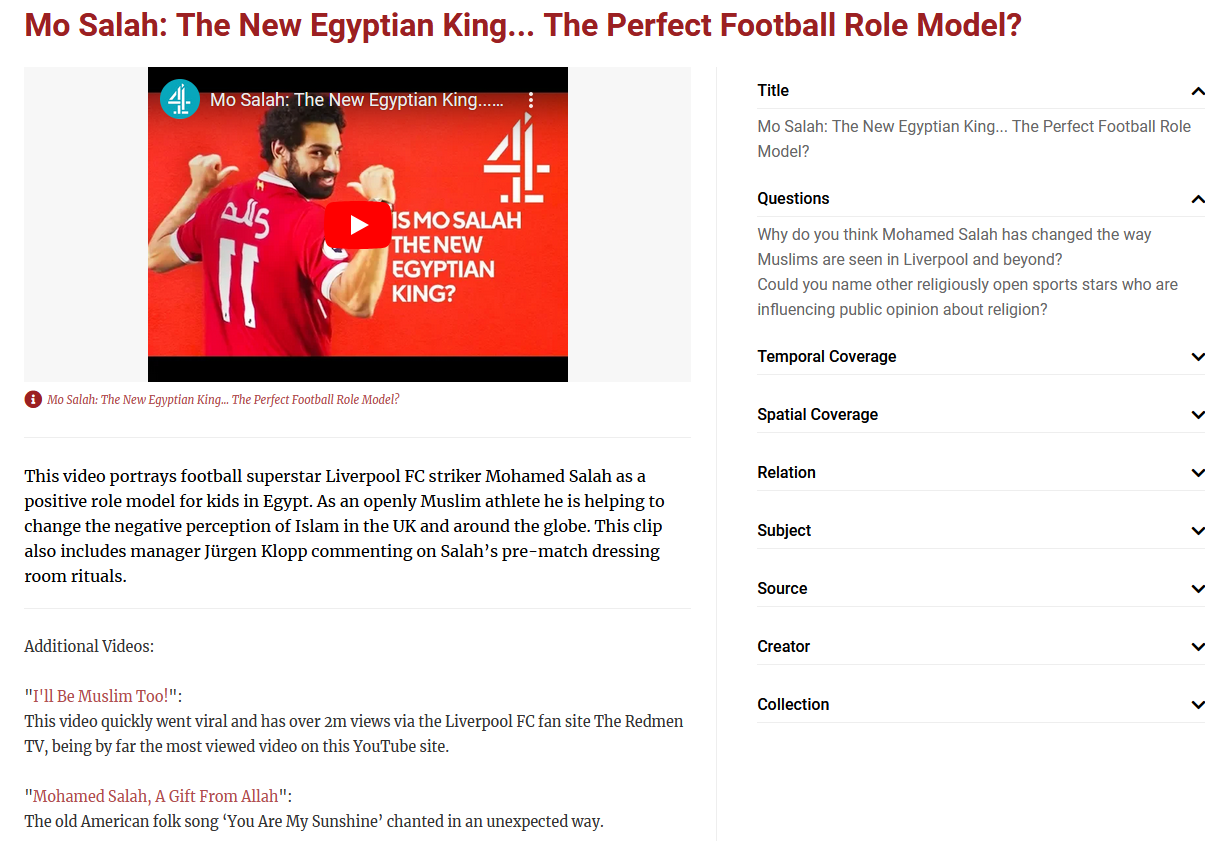
RETOPEA- A project to promote religious peace and tolerance through history
God is back! Although we live in a largely secular […]
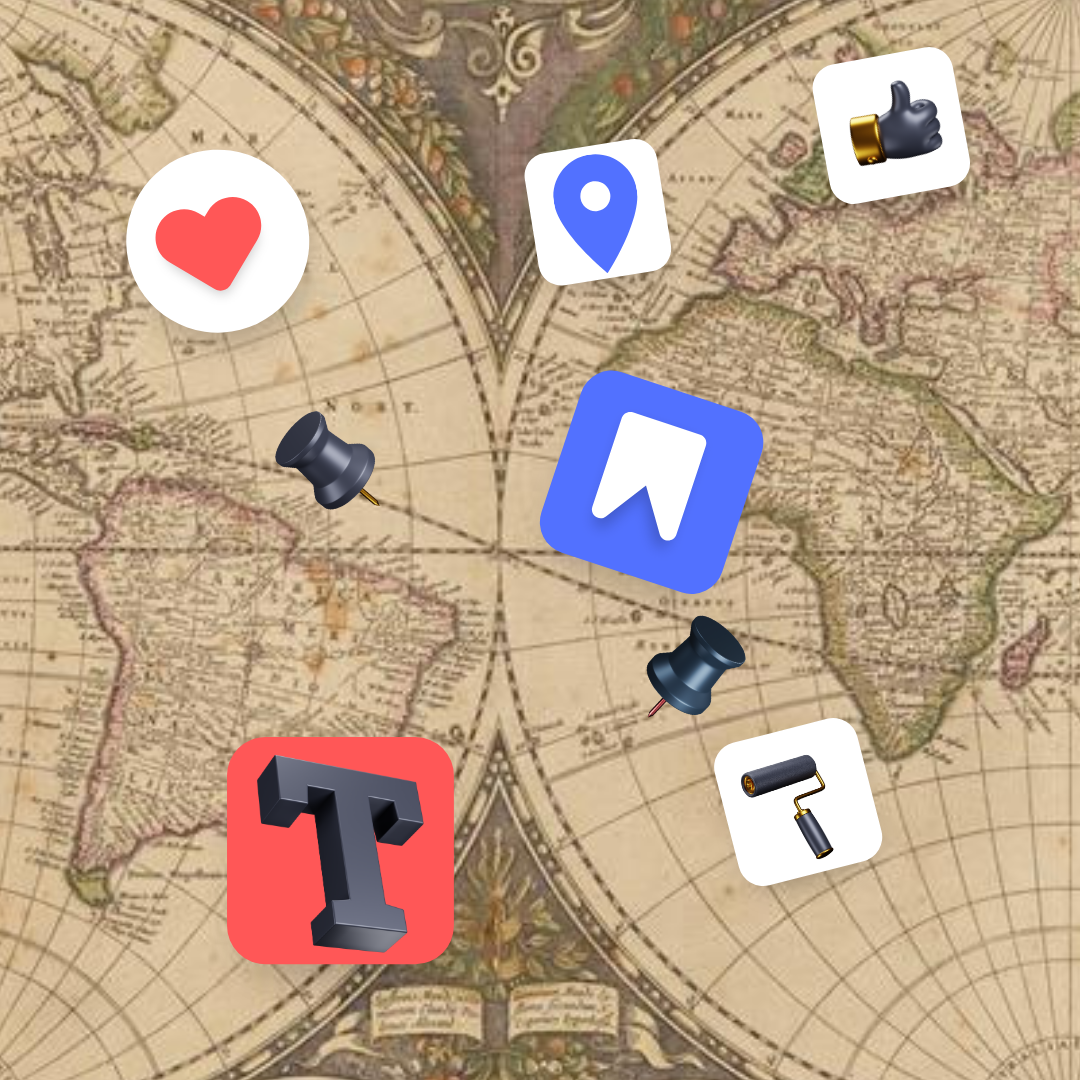
IT Learning Environments in Estonia

Recommendations on the Development of Cross-Border History Education Resources
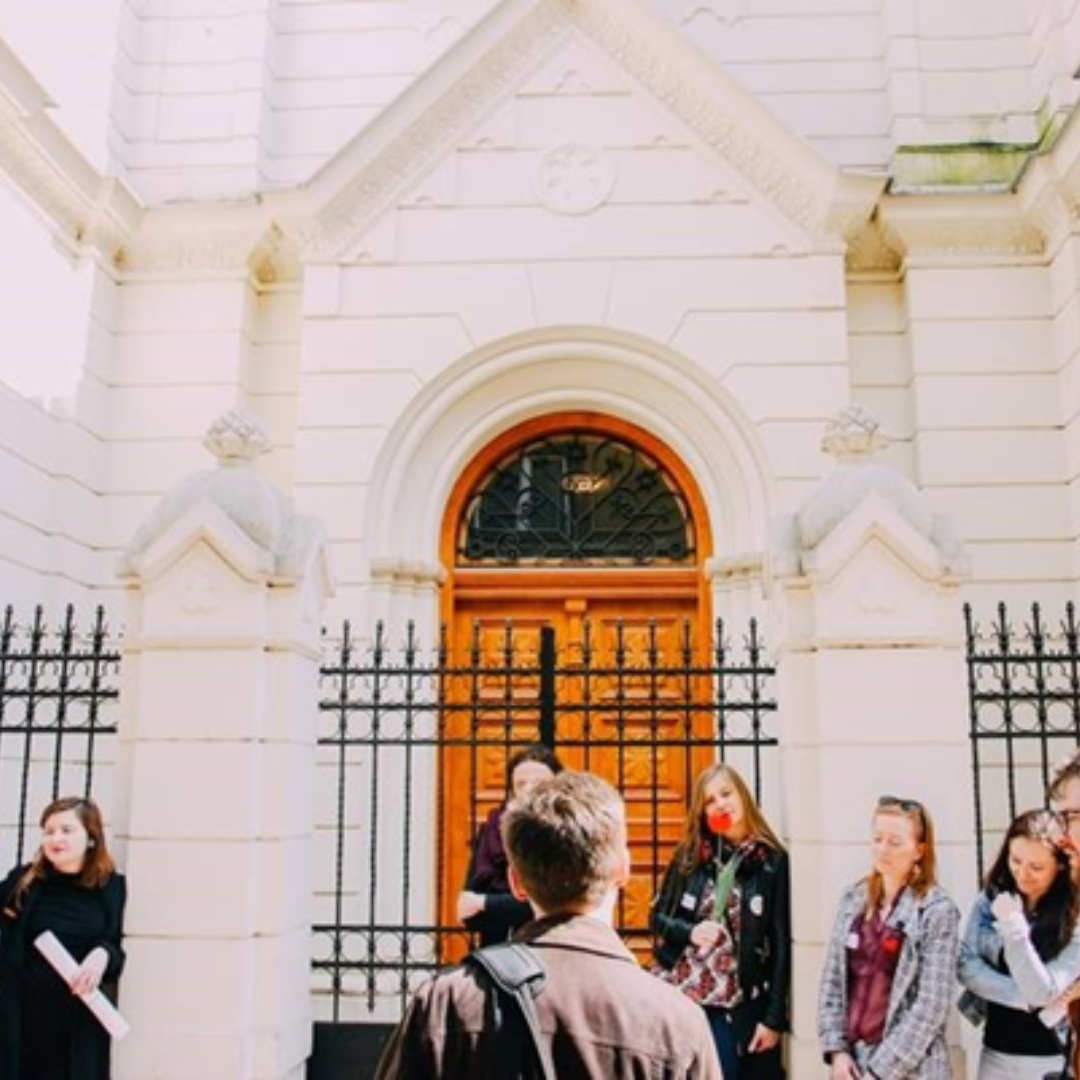
Historical workshops in the public space: the case of Košice

